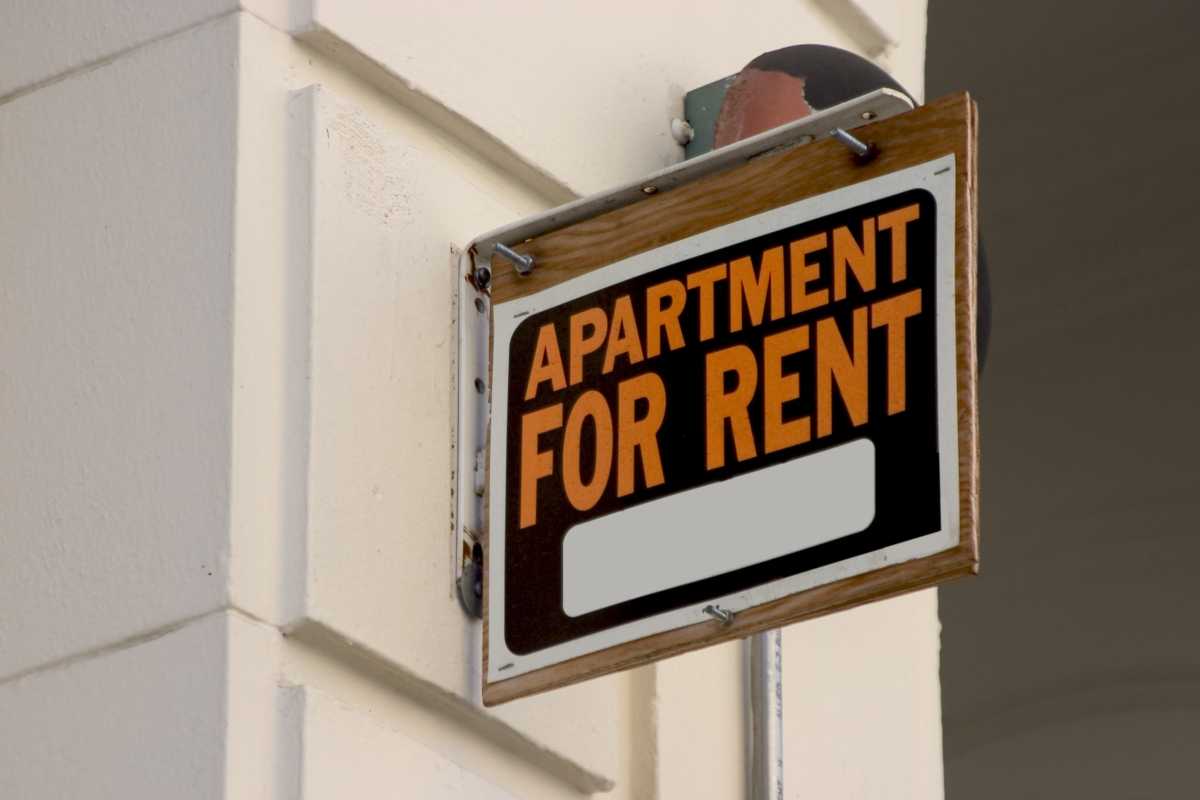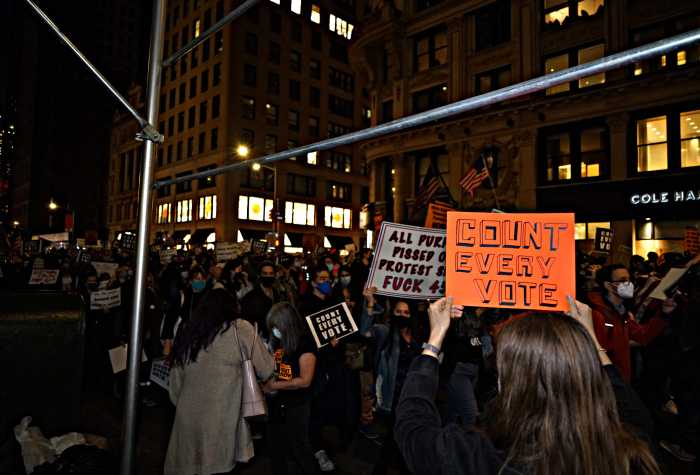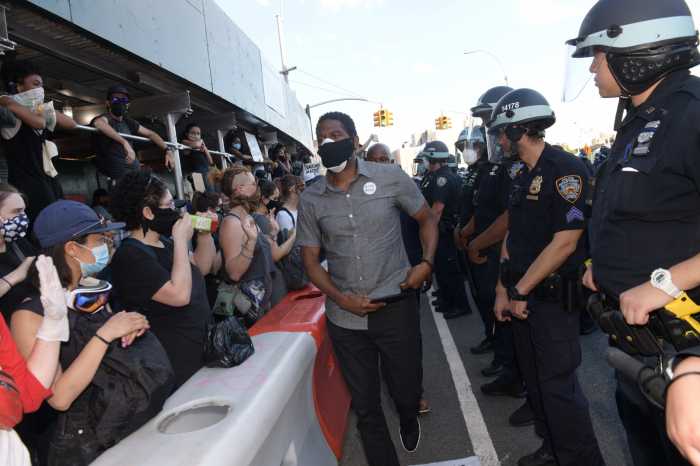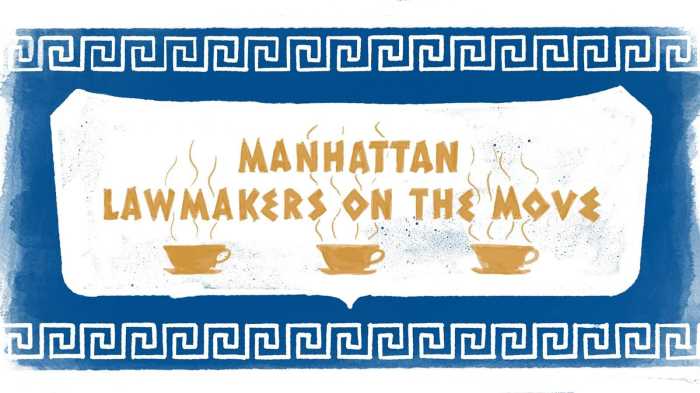The city has identified Gotham’s 250 most decrepit residential buildings and says that the owners collectively owe more than $3.4 million in unpaid emergency repairs, amNew York Metro has learned.
The Department of Housing Preservation and Development (HPD) plans to go after the scofflaw owners of those 250 properties in question through its Alternative Enforcement Program (AEP), a program that requires landlords with “excessive” housing code violations to fix up those infractions within a certain timeframe, according to the agency.
Several of the buildings that are enrolled in the AEP program are owned by landlords who appear at or near the top of Public Advocate Jumaane Williams’ 2022 “Worst Landlords Watchlist.”
Daniel Ohebshalom was ranked number one on Williams’ list, according to an HPD spokesperson and a published report. Sima Abdavies, meanwhile, came in at number four.
Together, Ohebshalom and Abdavies own 12 buildings of the 250 buildings enrolled in the HPD program for the current year. Neither Ohebshalom nor Abdavies could be reached for comment.
Landlords who don’t address their violations within the first four months of being placed in AEP face steep fines and being hit with a so-called “Order to Correct” — a court order requiring them to make repairs that address the root cause of their repeated violations, according to HPD.
“Landlords across the city need to know that if they don’t do right by their tenants, we will take action,” said HPD Commissioner Adolfo Carrión, Jr., in a statement. “All New Yorkers deserve safe, well-maintained homes and our Alternative Enforcement Program is one of our sharpest tools for improving the lives of people who live in the most distressed buildings across the city.”
HPD releases the list, which solely looks at multi-unit residential buildings, at the end of January each year. It has done so since the list was launched in 2007.
The open violations for the buildings selected in this year’s program include 10,428 for what HPD classifies as “immediately hazardous conditions” like mold, rodent infestations, lead paint and busted self-closing doors; as well as another 21,081 for other “hazardous conditions,” such as leaks and hole-ridden plaster or sheetrock.
This year’s round of the AEP includes 250 buildings spread across Manhattan, the Bronx, Brooklyn and Queens — that collectively contain 4,881 units.
Grace DeFina, the agency’s assistant commissioner overseeing the program, said the buildings chosen for AEP each year are those where HPD makes the most repeated repairs through its Emergency Repair Program — where the city makes the fixes itself when the landlords fail to — and owe the city large sums of money for those fixes.
“What we look at is buildings that are repeat users of our enforcement activity,” DeFina said in an interview.
The program isn’t based on going after the worst landlords like the public advocate’s roster, DeFina said, but rather focuses on finding buildings with the most horrid conditions and fixing them up.
“What we’re looking for are the most severely distressed buildings in New York City. And that’s why it’s run based on violations and emergency repair charges,” DeFina said. “It’s basically about getting distressed buildings into a state of good repair and addressing any underlying system replacements that are causing all the violations.”
Once the list is generated, DeFina said, landlords, tenants and local electeds are given notice that the building has been placed in the program. Building owners are then given four months to get discharged from the program by meeting the agency’s standards for “substantial compliance,” which entails fixing all of their heat and hot water infractions, all of their “Class C” and most of their “Class B” mold violations and a majority of their vermin violations.
They also must pay back the money they owe in emergency repairs or enter a payment plan with the city Department of Finance to be released from AEP, DeFina said.
Property owners who don’t meet those requirements within four months undergo “roof to cellar” inspections by HPD, DeFina said, and are subject to a $500 fine for every unit inspected in their buildings. There’s a second round of $500 fees after six months, she said, and all of the bills become a lien against the property if they’re not paid.
The agency also slaps those landlords with Orders to Correct — directing them to find the root causes of their violations and make significant repairs to address them. For instance, DeFina said, if an owner has gotten multiple emergency repairs for a leaky roof, the order would mandate that they replace the roof.
“That’s what makes this program so different, is that we’re no longer telling landlords that they just have to fix the leak and patch it,” she said. “We basically tell them that you have to replace the roof or replace the heating plant or replace the windows in your building or plumbing systems. Whatever we believe, from our inspections and our construction project managers, the underlying cause of the violations are.”
If landlords still don’t make the needed repairs, DeFina said, HPD can either fix up the properties itself or take them to housing court.
The two landlords who appeared at or near the top of the public advocate’s list, Ohebshalom and Abdavies, collectively owe HPD $155,000 in emergency repairs.
Ohebshalom owns three buildings — with a total 79 units — that were placed in the program, which have had 750 open immediately hazardous and hazardous HPD violations over the past five years and have incurred $64,000 in emergency repair costs during that period, according to an agency spokesperson. Abdavies owns nine buildings in AEP that comprise 217 units — close to a thousand open violations have been issued to his buildings over the past five years and they have accrued $91,000 in emergency repairs during that time.
Recent published news articles, including a March report from ABC7 and a January story from the site Hell Gate, detailed poor conditions at one of Ohebshalom’s buildings enrolled in the program — 709 West 170th Street in the Washington Heights section of Manhattan. The building’s squalid conditions include lack of heat, dead rats, broken piping and collapsed walls.
DeFina said HPD is quite familiar with Ohebshalom because of a long list of tenant complaints pertaining to “a number of buildings in his portfolio.”
“He was on the public advocate’s list and he has a number of buildings in AEP, in the recent round,” she said.
According to an HPD spokesperson, the agency currently has multiple court cases against Ohebshalom, including one active 7A case, seeking to compel a court building administrator to take over the building. If appointed, the court administrator would collect rents, provide services to tenants and make repairs.





































